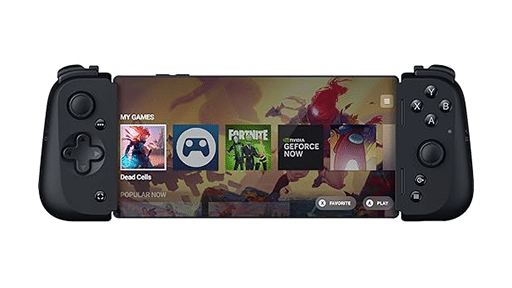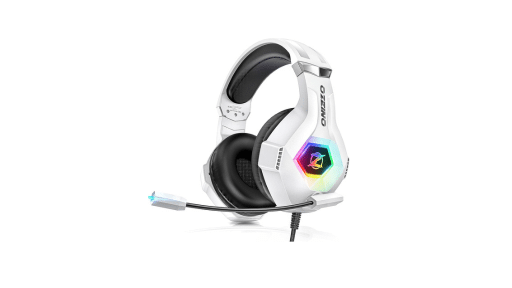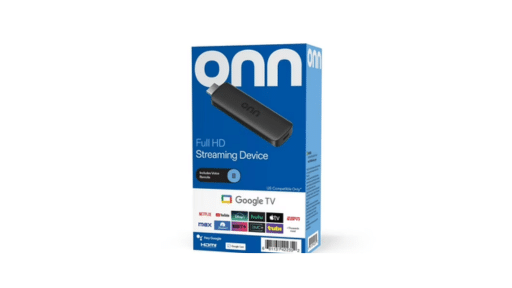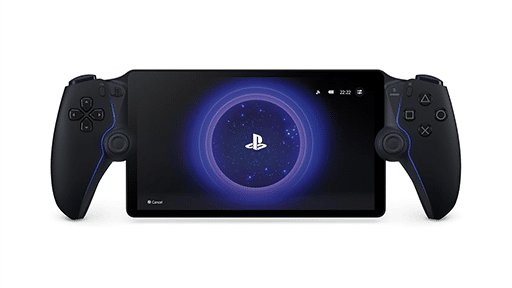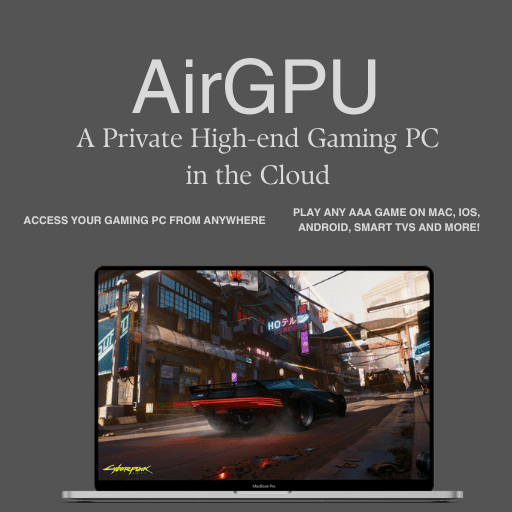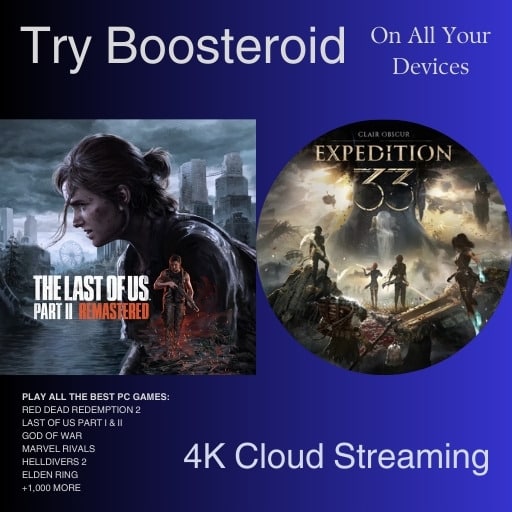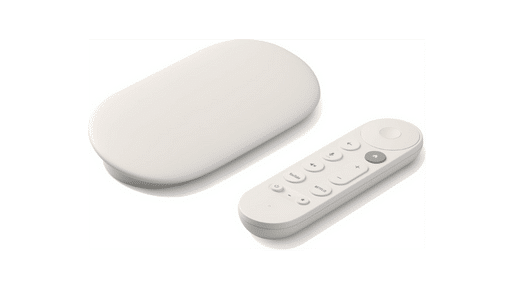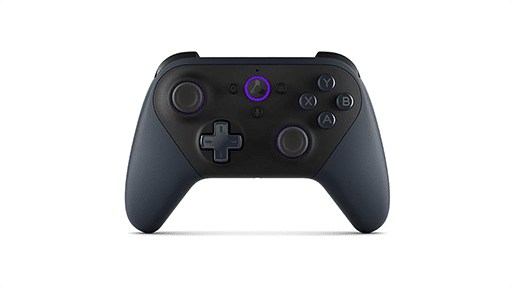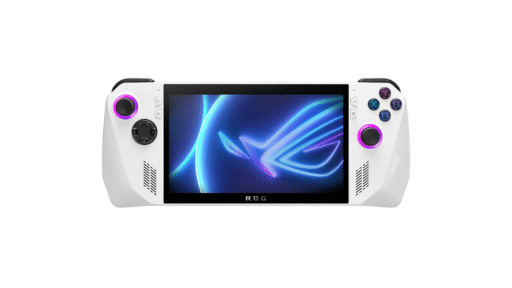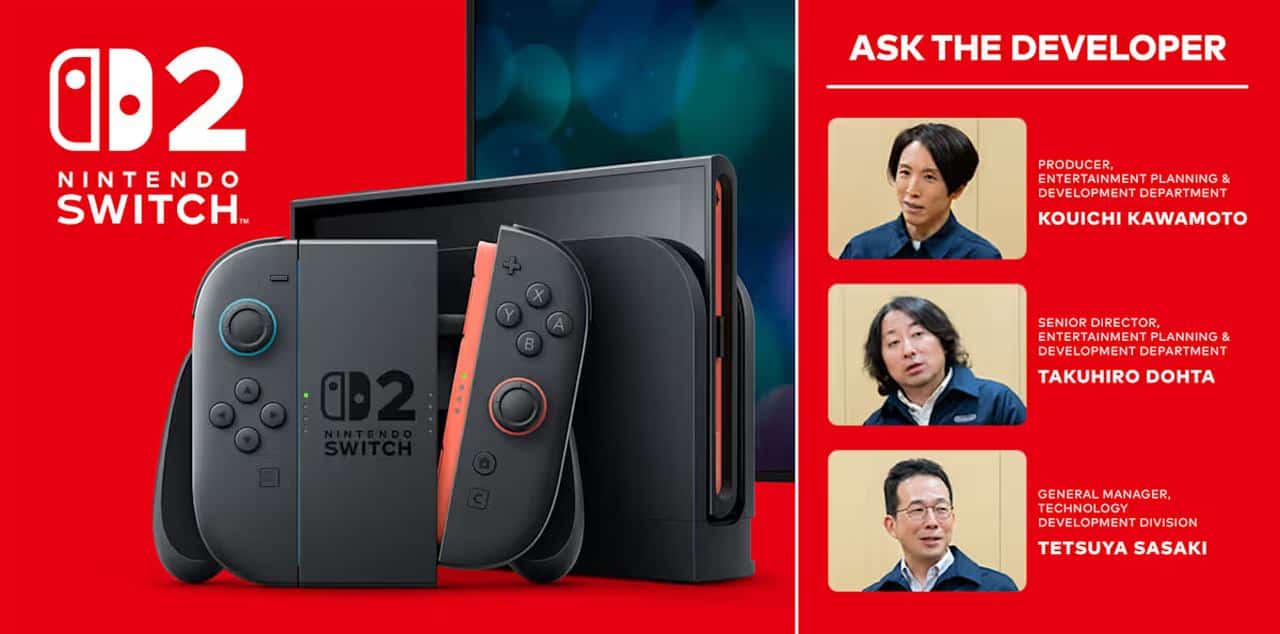
There’s a lot in the interview that didn’t come up during the Nintendo Direct. From cut features to creative risks, here’s a closer look at what the developers had to say.
Processing Power and Design Philosophy
One of the clearest messages from the interview was that Switch 2 exists because the original hardware started holding developers back. Kouichi Kawamoto and Takuhiro Dohta talked about reaching the limits of what they could pull off on the original Switch, even with clever design workarounds. The moment they realized they needed more power wasn’t tied to a flashy new idea—it came from wanting to do things they simply couldn’t.
Interestingly, the team made a deliberate choice not to chase experimental hardware features like they did in the Wii or DS era. They explained that while unique ideas can lead to fun experiences, those features often don’t translate across different genres or development styles. Instead, they focused on strengthening the base so developers could build freely on top of it. It’s a quieter design philosophy, but it makes sense—especially after eight years of third-party support adapting to Switch’s hybrid design.
That said, performance upgrades weren’t treated like specs for marketing. They were framed more as a long-term investment. The developers wanted a system that would still feel modern years down the line, not something that would need to be replaced quickly. One example they gave was memory: they aggressively increased it, even though it complicated battery life and system cost. But they felt it was worth it to make Switch 2 future-proof.
As someone who’s used the original Switch almost daily since launch, I really appreciate how much thought went into improving what already worked. It feels like Nintendo listened—to developers, to how people actually used the system, and to where the hardware needed to grow without over complicating things.
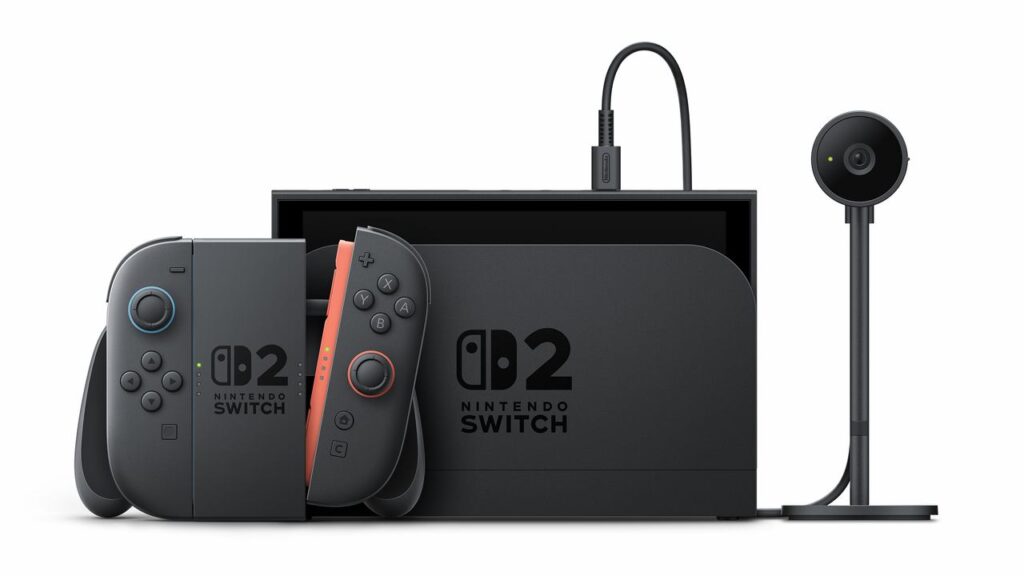
Rethinking the Joy-Con, From Inside Out
While the Joy-Con 2 might look familiar at first glance, the interview made it clear that nearly every part of it has been reworked. From the control sticks and grip shape to the stronger HD Rumble 2 feedback, the team rebuilt the controller with both comfort and durability in mind. That includes asking developers with smaller hands to test prototypes and fine-tuning the button layout by fractions of a millimeter.
The idea of magnetic Joy-Cons wasn’t new. The hardware team had explored it as early as the original Switch, but the tech wasn’t ready yet. They kept refining it quietly for years, and with Switch 2, they finally found a way to make it work. That satisfying “snap” when they attach? It’s the result of years of quiet iteration and feedback from Iwata himself during the early days of Switch.
The decision to support mouse functionality was another unexpected but practical addition. It started as a casual idea during PC game testing and turned into a full feature. You can now slide a Joy-Con across your desk or leg to point and click in supported games. The team saw it as a form of “lateral thinking of withered technology,” using familiar tools in new ways.
One thing I’ve always appreciated about the Joy-Cons is how often they’ve surprised me. The first time I felt that ice cube rumble in 1-2-Switch, it was weirdly impressive. But over the years, I’ve had issues too. Stick drift, uncomfortable grips during longer play sessions—it added up. That’s why it was encouraging to hear how much thought went into fixing those problems with Joy-Con 2. It feels like they actually listened this time.
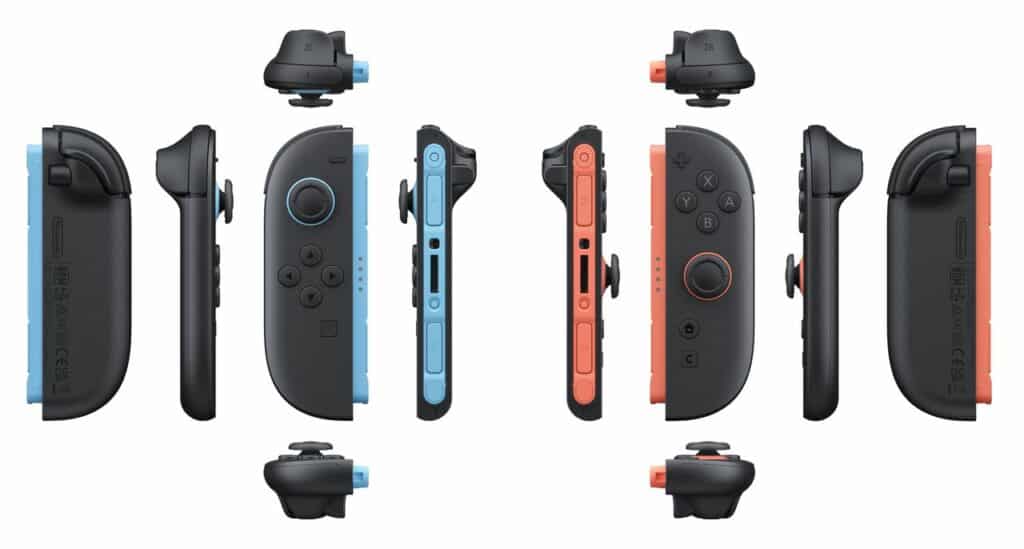
GameChat, GameShare, and the Push for Social Play
Two of the biggest surprises from the Switch 2 reveal were GameChat and GameShare, and the full developer interview gave some insight into how they came to be. GameChat started as a simple idea: what if Nintendo’s console finally had built-in voice and video chat? But the real spark came during the pandemic, when developers found themselves sharing gameplay via webcam during remote meetings. That experience—laying their consoles in front of their cameras instead of their faces—helped inspire the idea of casual, persistent communication while playing.
Now, GameChat supports up to 12-person voice chat and up to four-person video chat with the optional camera. You can use it while playing together or just hang out while playing different games. Noise-canceling tech filters out background sounds like fans or vacuum cleaners, while still keeping ambient reactions like laughter and applause. The team spent considerable time fine-tuning what sounds to keep and which to remove.
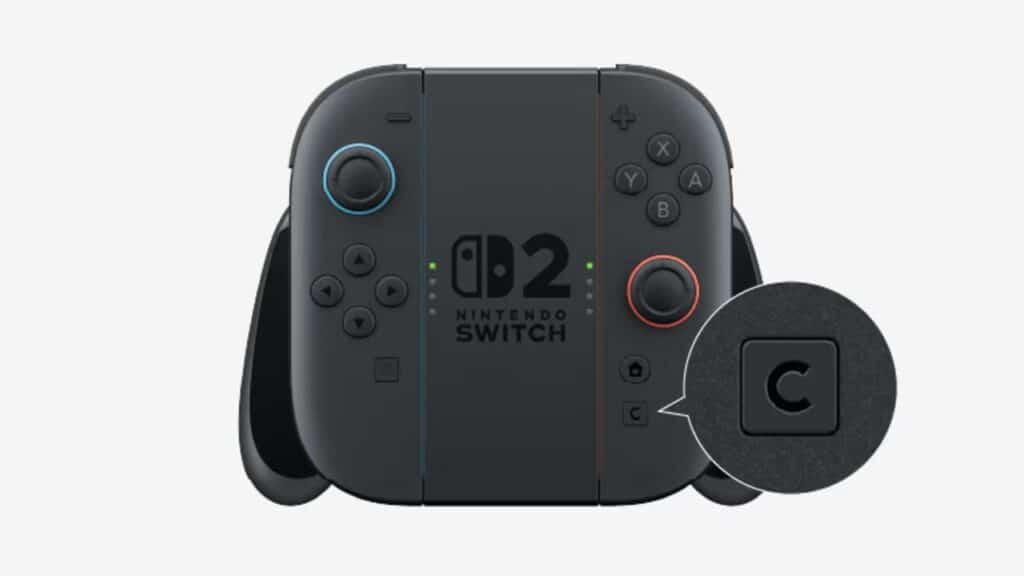
GameShare also pushes the boundaries of what local and online co-op can look like. You can stream part of a compatible game to up to three others instantly, no install required. And unlike older Download Play features, GameShare even supports separate screens, which is useful for games like mahjong or card games in Clubhouse Games. It also works between Switch 2 and original Switch consoles in some cases, though online GameShare is Switch 2-only.
Behind the scenes, these features weren’t easy to implement. The team had to carefully balance system resources, debating how much processing power should go to voice chat, screen sharing, or game performance. That tug-of-war between system and software teams helped define where Nintendo landed—and why features like GameChat work across all games without affecting performance.
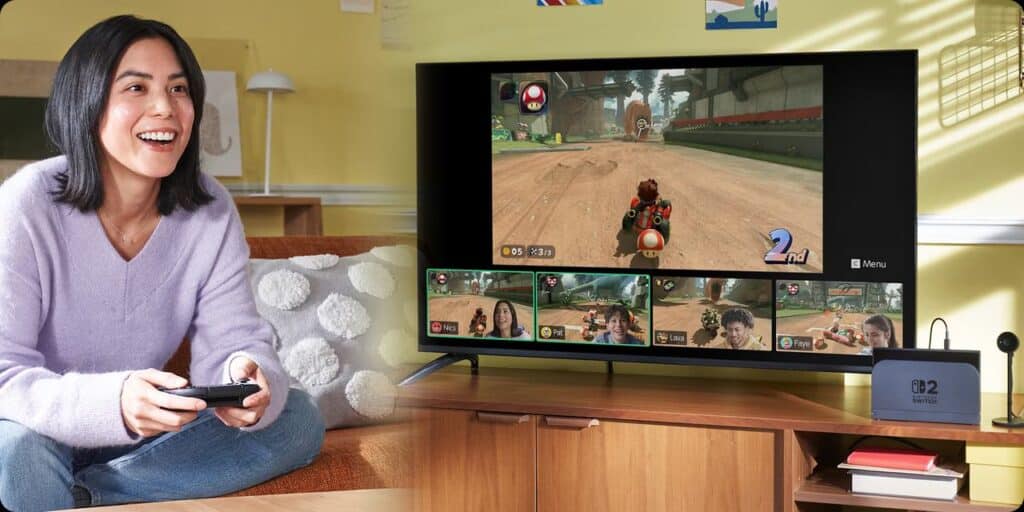
Making Backward Compatibility Work Without Old Hardware
One of the biggest surprises in the interview was just how difficult it was to get backward compatibility working on Switch 2. Unlike past systems like the Wii or 3DS, which included hardware from their predecessors, Switch 2 doesn’t contain any Switch hardware at all. That meant the team had to find another way.
Rather than using traditional software emulation—which would have pushed the system too hard and drained battery life—they built a hybrid approach. Switch 2 “translates” game data from Switch titles in real time as it’s read in. It’s a custom method that sits somewhere between software emulation and hardware-level compatibility.
The team admitted it wasn’t guaranteed to work. At first, they weren’t confident all games could run properly, and compatibility testing is still ongoing. With more than 10,000 titles to check, they’re working game by game to ensure smooth performance.
Still, it’s already showing benefits. Some Switch titles load faster or run more smoothly on Switch 2. Others even take advantage of new features like GameChat, without any updates needed. Not all games will work perfectly at launch. Labo was mentioned as one example due to size differences—most major releases will be supported.
The effort to make this happen reflects a shift in Nintendo’s thinking. For the first time, your entire Nintendo Account—and everything tied to it—can move from one generation to the next. The introduction of virtual game cards also makes it easier to lend or share digital games across family systems.
This wasn’t just about playing old games. It was about making the jump between generations feel seamless.
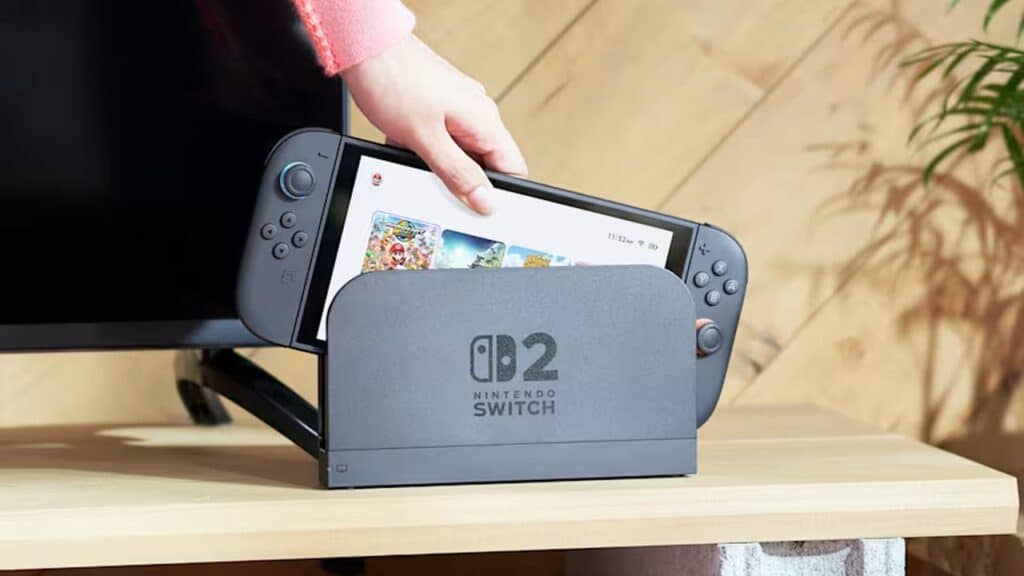
Sharing Digital Games Like Cartridges
Nintendo Switch 2 adds a feature that finally makes digital games feel more like physical ones. With virtual game cards, you can load and “eject” digital games across systems. This lets you share titles with other Switch or Switch 2 consoles, just like lending a cartridge.
The idea was designed with families in mind, especially those juggling multiple consoles. You can lend a digital game to a sibling or play across devices without having to repurchase or redownload. It works locally without an internet connection once the game is loaded.
Account transfers have also been streamlined. Unlike previous generations, your entire Nintendo Account moves over. This makes the Switch 2 the first system to fully carry forward your account, save data, and purchases. It’s a smoother, less intimidating process than before—important for longtime users who’ve invested years into their digital libraries.
The system also introduces small but meaningful updates to the Nintendo eShop. Things like faster performance and a new “Game Finds for You” feature that highlights screenshots and trailers in your preferred language are welcomed improvements. It’s not a major overhaul, but the faster interface makes browsing more enjoyable.
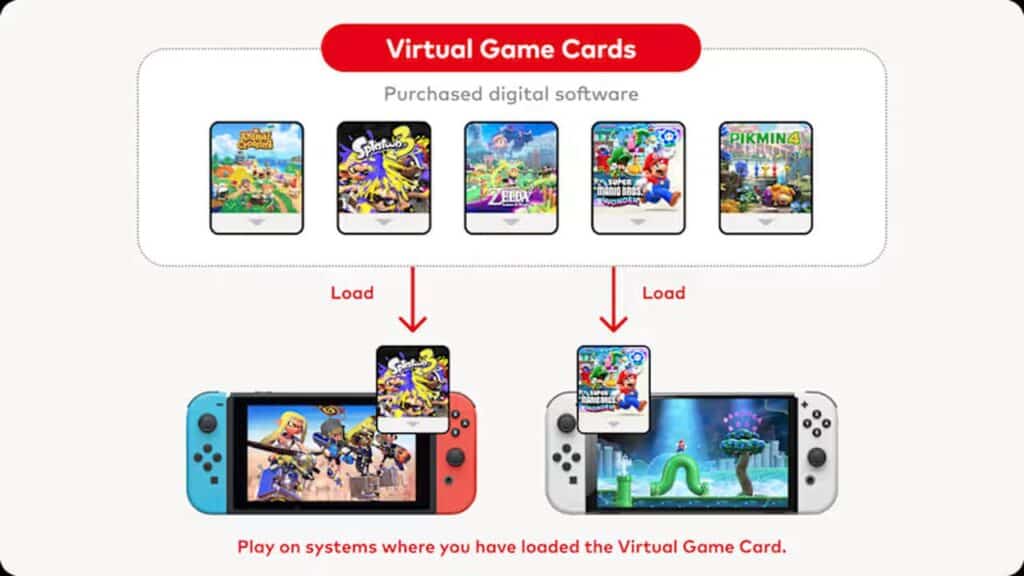
Why It Had to Be Switch 2
What stood out across all four parts of the Ask the Developer interview wasn’t just the hardware specs or the features—it was the mindset behind them. Switch 2 wasn’t just built to be more powerful. It was built to extend the original concept and refine what worked without adding gimmicks for their own sake.
That restraint feels deliberate. The team talked openly about ideas they cut, features they debated, and how they prioritized additions that would actually support more kinds of games. They could’ve pursued something wild for novelty’s sake. Instead, they chose to evolve the hybrid model and give developers room to create.
Even the name—Nintendo Switch 2—wasn’t taken lightly. They wanted to reflect continuity while also signaling that this is the next step forward. You get your existing games, your account, and a better experience, but nothing feels reset.
More than anything, the interview showed that Nintendo still values the long game. Whether it’s years of prototyping magnetized Joy-Cons, tuning mouse support until it felt right, or balancing system resources for smoother multiplayer, the goal wasn’t to impress in a trailer—it was to build a system that lasts.
And behind all of it, you can still feel Iwata’s influence. Not just in specific features, but in how the team talks about making games more accessible, social, and fun. His philosophy of putting the player first still echoes through every thoughtful decision.
There’s a lot to unpack. What part of the Switch 2 design are you most excited about—or still unsure of? Let us know.
As always, remember to follow us on our social media platforms (e.g., Threads, X (Twitter), Bluesky, YouTube, and Facebook) to stay up-to-date with the latest news. This website contains affiliate links. We may receive a commission when you click on these links and make a purchase, at no extra cost to you. We are an independent site, and the opinions expressed here are our own.

